Let’s be perfectly clear up front to avoid any confusion: In no way is the following speculation of any backdoor dealings that could expand the Big 12 Conference from 10 teams to 16. Nor is the following a prediction; were Las Vegas sports books to accept wagers on future conference realignment, this six-team parlay might pay five figures on a single dollar.
Moreover, the Big 12 doesn’t necessarily need to expand. The television deal it brokered with ESPN and Fox, which extends through 2024-’25, pays the conference’s 10 members roughly $20 million each per year. Expansion doesn’t guarantee the existing members higher payouts from television revenue as the contract is currently designed.
Still, the decline to 10 teams after losing Colorado, Missouri, Nebraska and Texas A&M eliminated the Big 12’s once popular and lucrative conference championship game. Reinstating the title tilt may prove to be vital for the conference’s College Football Playoff portfolio, as every other Power 5 conference champion will enter the postseason with 13 games on their dockets. The Big 12 champion has just 12.
And by expanding to both large markets and adding nationally recognized programs, Big 12 brass could have added leverage for a restructured television package.
A return to 12 teams makes sense, particularly if it means giving West Virginia an Eastern counterpart. But what if the Big 12 could beat the Big Ten and SEC to 16 members, and do so in a manner that:
- Expands the Big 12 influence to several large markets
- Plants the Big 12 flag in Big Ten, Pac-12 and SEC country
- Brings quality via a combined six BCS bowl appearances?
It’s an out-there plan that may never come to fruition, but the concept has potential.
BYU COUGARS
We start with the most apparent Big 12 expansion option, the presently independent BYU. Prominent figures at BYU made the university’s interest in the Big 12 known shortly after the ACC and SEC shunned the Cougars as power conference equals for the purpose of scheduling.
Per BYU head coach Bronco Mendenhall in a June interview with the Austin American Statesman:
“Our attendance is high enough. And our winning percentage is high enough. We have the entire Salt Lake City and Utah market as well as a worldwide following because of the church. There’d be a ton to offer the Big 12 because it’s a money-generated world right now. You’re talking about an amazing kind of brand.”
The Salt Lake City market ranks No. 33, and the Cougars’ fanbase extends beyond its local sphere of influence, the result of the university’s affiliation with the Church of Jesus Christ of Latter-Day Saints. BYU football is also a well-established brand, boasting a national championship in the last 30 years; a Heisman Trophy winner in the last 24; and five 10-plus-win seasons since 2006.
Whereas BYUtv might be a roadblock for BYU’s affiliation with another football conference, the network rather neatly fits the Tier 3 separation of broadcasting structure already in place in the Big 12.
BOISE STATE BRONCOS
Boise State football is the picture of consistency in the past decade-and-a-half. Since 1999, the Broncos won fewer than 10 games just three times in a run that spanned three coaching regimes. Bryan Harsin is well-positioned to keep that run going through a fourth staff.
Boise State hasn’t just beaten up on inferior competition in that run, either. The Broncos boast wins over power conference champions from the ACC (Virginia Tech in 2010), Pac-12 (Oregon in 2009) and Big 12 (Oklahoma in 2006), and an SEC Championship Game participant (Georgia in 2011).
The Boise television market lacks the numbers offered from the other five programs mentioned in this plan, but there’s a certain quality to Broncos football that transcends the regional fanbase. Boise State’s rise coincided with the emergence of nearby Gonzaga basketball. In the same fashion that the Zags built a following from fans who love the underdog, the Broncos have their own, similar niche.
The move to an established league that pits Boise State against longtime powers like Texas and former Fiesta Bowl opponents Oklahoma and TCU might provide the stepping stone the Broncos need to reach the next level.
CINCINNATI BEARCATS
Another two-time BCS bowl participant and consistently competitive program, Cincinnati is the most logical Big 12 expansion target. The Bearcats inhabit the No. 34-ranked television market, expand the conference’s regional footprint further east and gives West Virginia a nearby counterpart.
Just as important is that Cincinnati grew into a consistent winner since its move to the former Big East in 2005, winning at least a share of its conference’s championships four years from 2008 through 2012.
Ohio also offers a deep recruiting pipeline. A conference presence there could help establish the Big 12 there in competition with Big Ten powers like Michigan and Ohio State.
NORTHERN ILLINOIS HUSKIES
Suggesting Mid-American Conference member Northern Illinois for inclusion in a Power 5 league is not all that outlandish-nor is it a new idea. In 1993, Ed Sherman of the Chicago Tribune wrote a surprisingly prescient feature on Northern Illinois. The Huskies moved to the Big West that season, but Sherman floated the dream of Northern Illinois one day playing for major bowl bids as a member of the then-Big 8:
Nebraska and Northern Illinois playing for a trip to the Orange Bowl? Snicker if you will. So what if the required jump rivals anything achieved by Superman.
Considering the Huskies played in the 2013 Orange Bowl, 11 years after Nebraska made its last BCS game, the idea of Northern Illinois football fitting into a major-conference landscape no longer seems so far-fetched.
And Northern Illinois is hardly a one-hit wonder. The Huskies won nine-plus games in six seasons since 2003, including 11 or more each of the last four years. Quarterback Jordan Lynch launched into the national spotlight while leading NIU to 24 victories the last two seasons, earning an invitation to the Downtown Athletic Club as a Heisman Trophy finalist.
Lynch is gone, but the Huskies are again built to compete for 10-plus wins and another MAC championship, much in the same way they thrived after the departure of star quarterback Chandler Harnish in 2011.
Northern Illinois’ proximity to Chicago-it’s only a 60-minute drive-could raise a Big 12 flag in the epicenter of Big Ten Country, and station the conference in the nation’s third-largest television market.
UCF KNIGHTS
A sleeping giant in the Sunshine State is awaken. UCF’s run to hoisting the 2014 Fiesta Bowl trophy was no fluke, but rather the next logical step in the continued growth of a high-potential program.
One of the deepest recruiting talent pools surrounds UCF and its Orlando campus. Despite competing with in-state power programs Miami, Florida and Florida-and really, all of college football east and north of Texas-George O’Leary has tapped the local pipeline successfully enough to build a winner. And with an enrollment of just under 60,000, UCF has the student body and future alumni base to build a rabid fanbase.
Add the Big 12 brand, and UCF’s promise is sky-high. Conversely, an outpost in Florida benefits the recruiting presence of the existing Big 12 in the vital battleground state.
USF BULLS
In the late 2000s, USF had the look of a program ready to break into the upper echelon of college football. The Bulls featured such recognizable names as George Selvie and Jason Pierre-Paul, and were ranked as high as second in the polls.
USF has fallen on hard times recently, but proven program builder Willie Taggart should see major strides in his second year. More importantly for the long-term outlook, USF has the necessary foundation to build a perennially strong program.
Like UCF, USF’s location in the heart of Florida recruiting country offers an almost limitless pipeline on which to sustain a winning program.
THE DIVISIONS
When the Big 8 welcomed four newcomers from the dissolved Southwest Conference to become the Big 12, it split into divisions of North and South.
Certainly the same split could work for this hypothetical Big 12 (or Big 16), but an East/West divide is more logical for trimming travel expenses-at least, as much as possible in a league that stretches from Idaho to West Virginia, down to south Florida and over to West Texas.
Maintaining its current nine-game league schedule makes scheduling simple: seven divisional contests per season, with crossovers over the course of the subsequent four years. It’s not necessarily ideal to see a conference counterpart just once per presidential election cycle, but it is a harsh reality of the modern landscape.
At the very least, this split doesn’t comprise any rivalries-and it makes a whole helluva lot more sense than what the SEC is doing.
West: Baylor, Boise State, BYU, Oklahoma, Oklahoma State, TCU, Texas, Texas Tech
East: Cincinnati, Iowa State, Kansas, Kansas State, Northern Illinois, UCF, USF, West Virginia
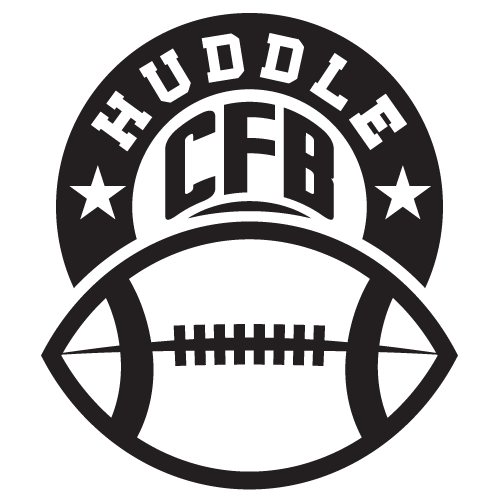
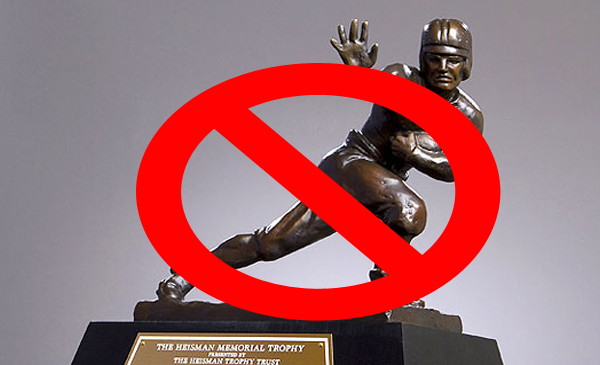
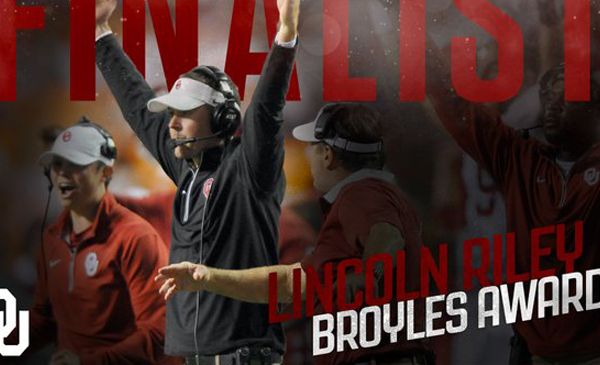

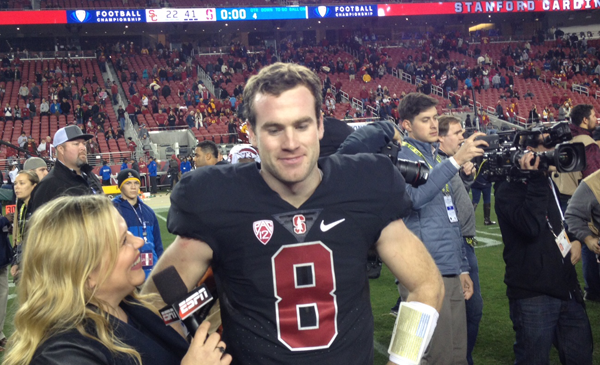
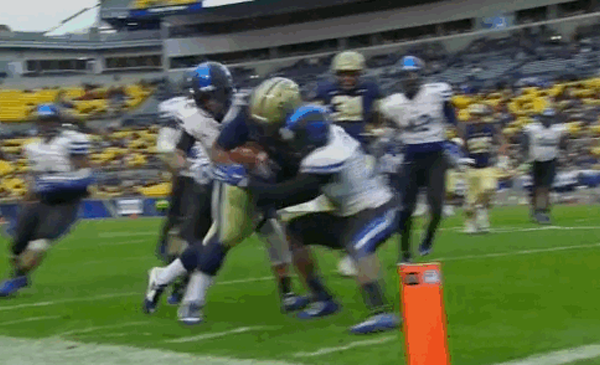
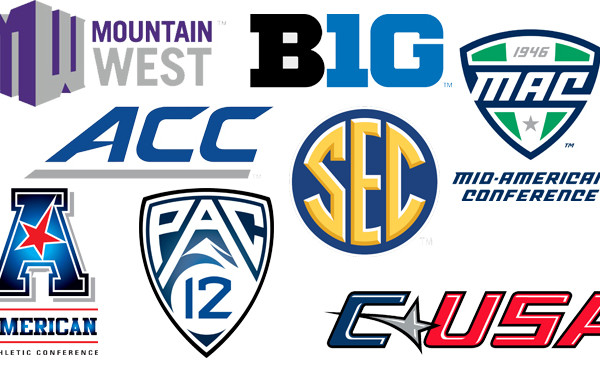
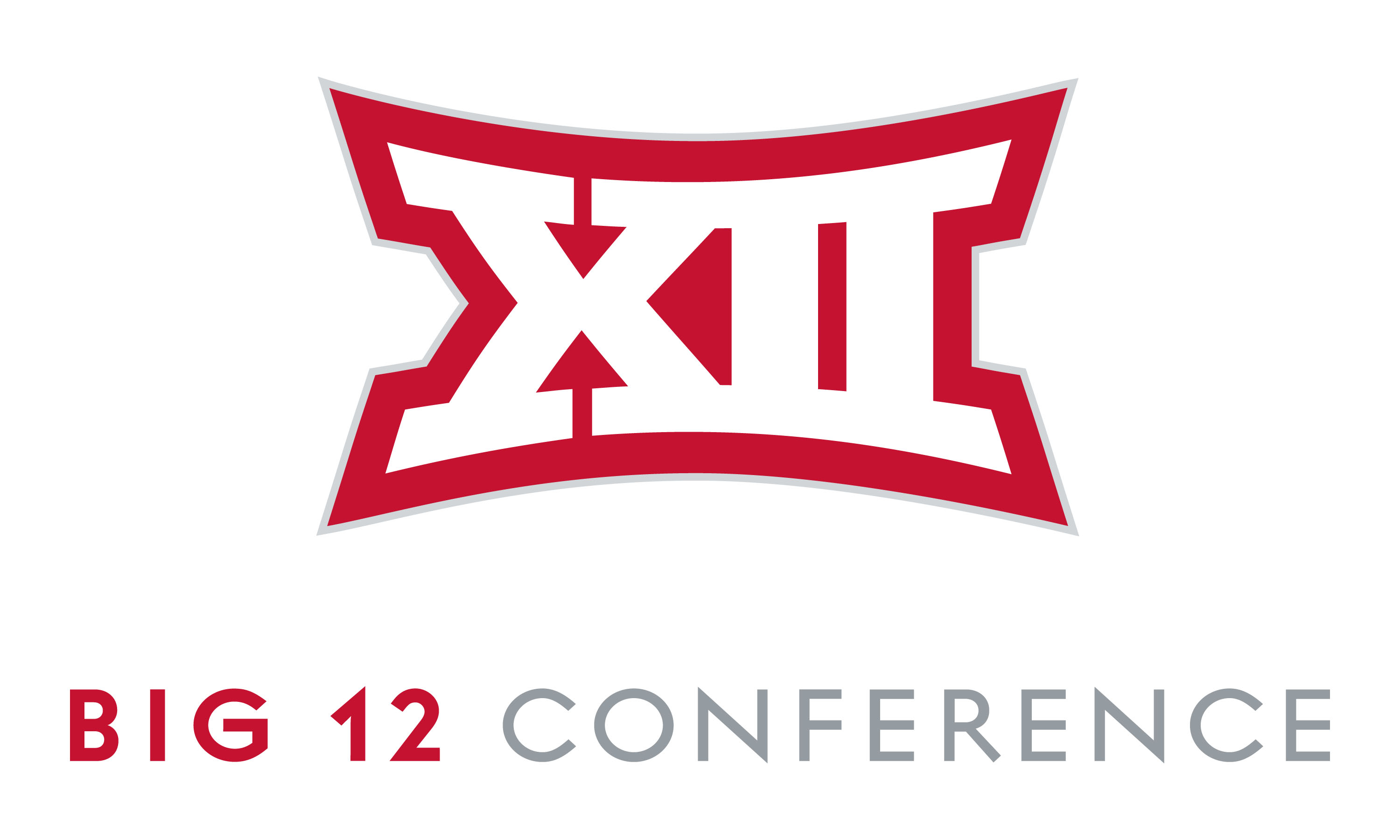



[…] I’ve always thought that if the Big 12 expands, they need to go big or go home. CFB Huddle has a plan for a 6 team expansion, including BYU, Boise State, Cincinnati, Northern Illinois, […]